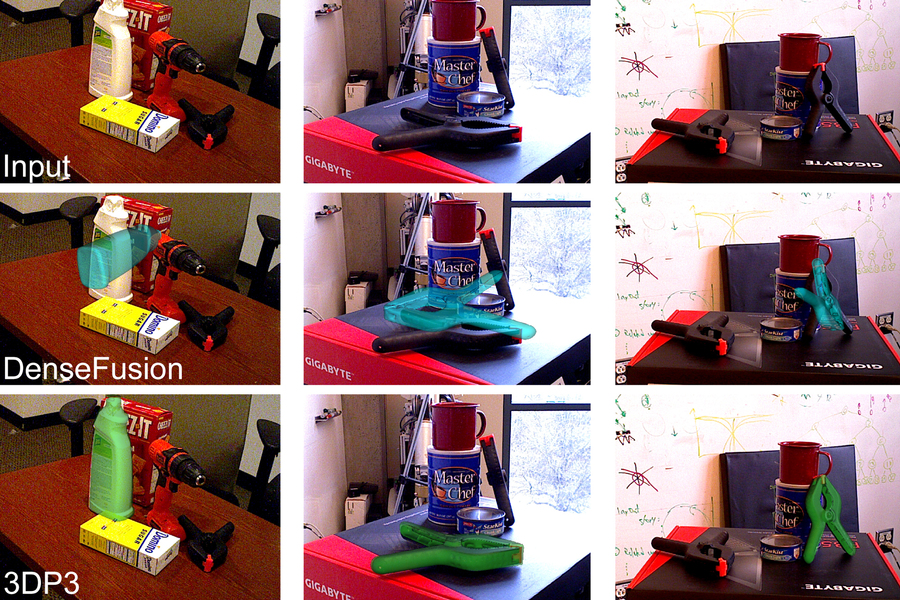An AI that views the world as you do.
Dec 11, 2024Experience an AI that understands your perspective by seeing the world through your eyes.
An AI That Views the World as You Do?
The question of whether an AI can truly "see" the world as a human does is a complex one, explored in several of the provided articles. The current state of AI, while impressive in its ability to perform specific tasks, reveals a fundamental difference in how humans and AI process visual information
Different Approaches to Vision
One article highlights a study comparing human and AI attention when analyzing images. Both humans and AI correctly identified objects in images, but they used different visual features to reach their conclusions. The level of agreement on where to focus attention was significantly higher between two humans (0.63) than between a human and an AI (0.26). This suggests that while AI can achieve similar results, its underlying processes differ significantly from human perception.

Another article from MIT News discusses a new AI system that attempts to bridge this gap. This system, 3DP3, uses probabilistic programming to incorporate "common sense" reasoning into its scene interpretation. Unlike deep learning systems that may make illogical inferences (e.g., a floating plate), 3DP3 uses knowledge of physical relationships between objects (e.g., objects resting on surfaces) to generate more accurate and human-like interpretations. The image below illustrates how 3DP3 (bottom row) infers more accurate pose estimates than deep learning systems (middle row).

The Role of Learning
The way AI learns also plays a crucial role. Many current computer vision systems rely on supervised learning, requiring human-labeled images for training. However, researchers are exploring unsupervised learning, where AI learns from unlabeled data, potentially leading to even more divergent approaches compared to human perception. This raises the question of whether mimicking human perception is even the optimal path for AI development. Perhaps AI can surpass human capabilities by developing its own unique ways of understanding the world.
Ethical Considerations
The articles also touch upon the ethical implications of AI. Biases in training data can lead to AI systems replicating and even amplifying existing societal biases. This highlights the importance of developing AI systems that are not only accurate but also fair and equitable. The development of AI should consider not only its technical capabilities but also its societal impact.
Conclusion
While AI is making significant strides in image recognition and scene understanding, it currently does not "see" the world in the same way humans do. The differences lie in the underlying mechanisms of perception and learning. Future research may lead to AI systems that incorporate more common-sense reasoning and less reliance on human-labeled data, but whether these systems will ever truly replicate the human experience of seeing remains an open question. The ethical considerations surrounding AI development and deployment are equally important and must be addressed alongside technical advancements.